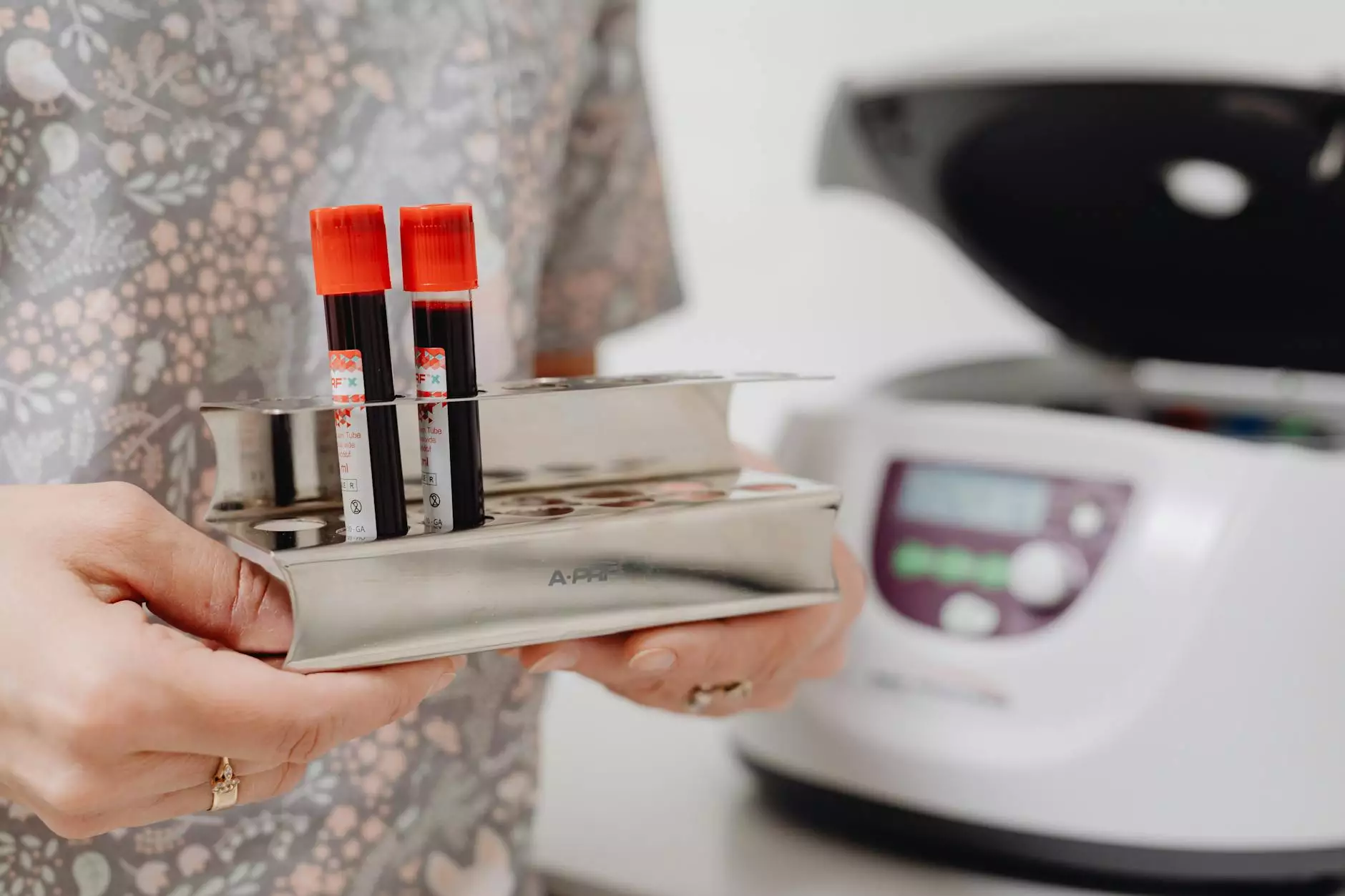Phlebitis: Causes, Symptoms, and Treatment

Introduction
Welcome to Vein Center of Arizona, where we provide specialized care in the field of Vascular Medicine. Our team of highly experienced doctors is committed to offering top-notch health and medical services to patients suffering from various vascular conditions. In this article, we will explore the topic of phlebitis, its causes, symptoms, and the different treatment options available to alleviate the condition.
Understanding Phlebitis
Phlebitis refers to the inflammation of a vein, commonly occurring in the legs. It can be caused by a variety of factors such as prolonged immobility, injury to the vein, or the presence of a blood clot.
Causes of Phlebitis
The causes of phlebitis can vary, but some common factors include:
- Prolonged inactivity or immobility
- Injury or trauma to the vein
- Varicose veins or venous insufficiency
- Obesity
- Pregnancy
- Smoking
- Recent surgery or medical procedures
Symptoms of Phlebitis
The symptoms of phlebitis may vary depending on the severity of the condition. Common symptoms may include:
- Pain and tenderness around the affected vein
- Redness and warmth over the vein
- Swelling and inflammation
- A feeling of heaviness or tightness in the leg
- Visible red lines along the vein
Treatment Options for Phlebitis
At Vein Center of Arizona, our experienced doctors offer a range of effective treatments for phlebitis. The choice of treatment depends on the underlying cause and severity of the condition. Here are some common treatment options:
1. Compression Therapy
Compression therapy involves wearing specially designed stockings or wraps to improve blood flow and reduce swelling. It helps alleviate pain and promotes healing.
2. Medications
Nonsteroidal anti-inflammatory drugs (NSAIDs) may be prescribed to reduce pain and inflammation. In some cases, anticoagulant medications may be recommended to prevent blood clots.
3. Elevation
Elevating the affected leg can help reduce swelling and improve blood circulation. It is often recommended as a complementary treatment along with other options.
4. Thrombolytic Therapy
In cases where a blood clot is causing phlebitis, thrombolytic therapy may be performed to dissolve the clot and restore normal blood flow.
5. Surgical Interventions
In severe cases, surgical interventions may be required. This can include procedures such as vein ligation or stripping, where the affected vein is either tied off or completely removed.
Preventing Phlebitis
While some risk factors for phlebitis, like genetics and age, cannot be controlled, there are several preventive measures that can reduce the likelihood of developing the condition. These include:
- Maintaining a healthy weight
- Staying active and avoiding prolonged periods of inactivity
- Avoiding smoking and alcohol consumption
- Wearing compression stockings during long trips or flights
Conclusion
Phlebitis can cause discomfort and affect the quality of life, but with the right medical care and appropriate treatment, it can be successfully managed. At Vein Center of Arizona, our dedicated team of doctors specializes in the diagnosis and treatment of phlebitis. We aim to provide comprehensive care that helps our patients find relief and improve their overall vascular health.
If you or someone you know is experiencing symptoms of phlebitis, book an appointment with our experienced doctors at Vein Center of Arizona today. We are committed to offering personalized and effective solutions to help you on your journey to better health.
what is phlebitis and how is it treated








